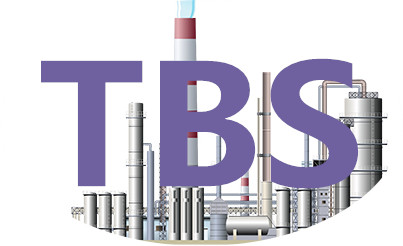Yokogawa EJA210E Differential Pressure Transmitter
Accuracy ± 0.075%
Stability ± 0.1% URL/1 year
Response time 120 ms
TUV and Exida SIL2 / SIL3 certification
10-stage signal curve characterization
Local Parameter Setting (LPS)
EJA210E Flange Mounted Differential Pressure Transmitter Description:
The high-performance flange mounted differential pressure transmitter EJA210E can be used to measure levels of densities of solidifying or precipitating liquids. The HHXA-EJA210E single-flange differential pressure transmitter can also communicate with the HART275/475 Communicator to set and check it. Outputs a 4 to 20 mA DC signal, corresponding to the measured differential pressure. EJA210E single flange differential pressure transmitter uses advanced micro-processing technology and digital communication technology. Besides all the functions of conventional intelligence. It also has a series of enhanced functions. Such as zero-point automatic adjustment, remote local control parameter viewing, and adjustment control parameter password lock. At the same time, remote parameter setting, remote control, self-diagnosis, and other functions are performed through the Fieldbus HART protocol.
EJA210E Flange Mounted Differential Pressure Transmitter Features:
Innovative indication, intuitive reading and eye-catching. The direction of the observation indicator can be changed according to user needs.
The structure is simple: there are no movable or elastic elements. Therefore, the reliability is extremely high. The amount of maintenance is very small.
Easy installation: the built-in structure especially shows this feature. No special tools are required.
Convenient adjustment: the two potentiometers of zero position and range can arbitrarily carry out zero point migration or range change within the effective range of liquid level detection. The two adjustments do not affect each other.
Widely used: It is suitable for liquid level measurement of high temperature, high pressure, strong corrosion and other media.
Large measuring range. Not limited by the height of the storage tank.
The indicator mechanism is completely isolated from the measured medium. It has good sealing, high reliability and safe use.
With intrinsically safe explosion-proof and isolation explosion-proof capabilities. Can be used in various hazardous locations
With anti-blocking design, it can measure the liquid level of the pasty medium.
Fine and unique zero point, full range, non-linear compensation. To ensure the accuracy of the instrument within the scope of use conditions, long-term stability.
EJA210E Overview
Refer to the General Specification sheet located under the 'Downloads' tab for detailed specifications.
| Measurement Types | |
|---|---|
| Primary Variable | Liquid Level (Differential Pressure) |
| Secondary Variable | Static Pressure |
| Reference Accuracy | |
| Primary Variable | ±0.075% of Span |
| Secondary Variable | ±0.5% of Span |
| Response Time | |
| Primary Variable | 120 msec |
| Secondary Variable | 360 msec |
| Long Term Stability | |
| Primary Variable | ±0.1% of URL per 12 months (DP) |
| Rangeability | |
| Primary Variable | 100:1 |
| Specification Conformance | |
| EJA-E Series | ±3σ |
Applications
Viscous medium at high temperature;
Easily crystallized medium;
Precipitation medium with solid particles or suspended matter;
Strongly corrosive or highly toxic medium;
It can eliminate the leakage of the pressure guiding pipe and pollute the surrounding environment. It can avoid the instability of the measurement signal when the isolation liquid is used. The tedious work of frequently supplementing the isolation liquid is required;
Continuously and accurately measure the interface and density;
The remote transmission device can avoid the mixing of different instantaneous media, so that the measurement results truly reflect the actual situation of process changes;
Places with high sanitation requirements;
Such as in the production of food, beverage and pharmaceutical industries. Not only the transmitter contacting the media parts meet the hygienic standards, but also should be easy to wash. To prevent cross-contamination of different batches of media.










